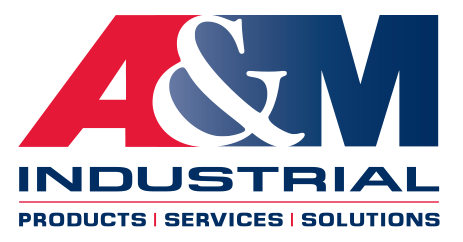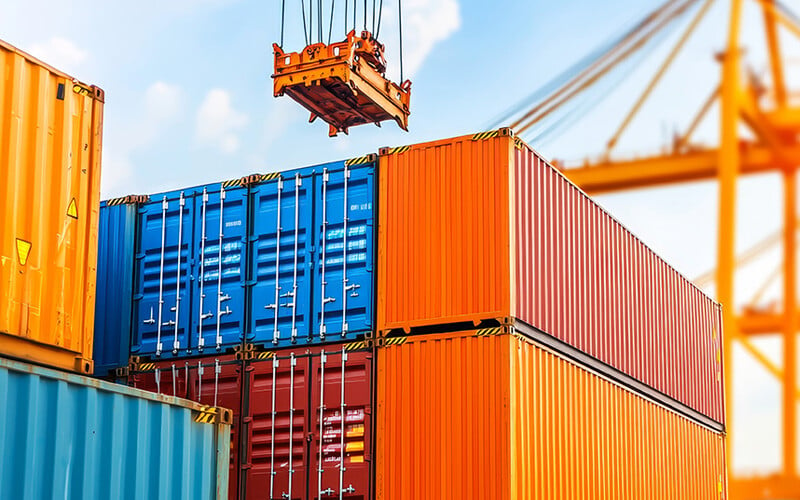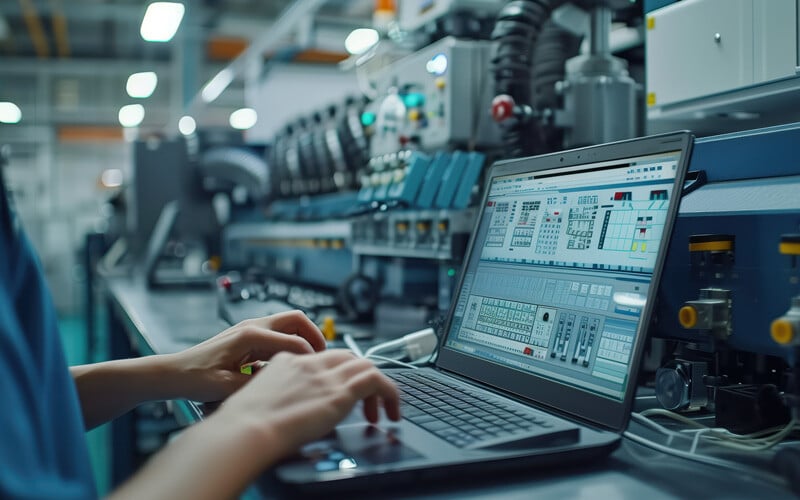How To Reduce Your Small Business Tax Bill With Section 179

Machine shops and manufacturing facilities play a vital role in today’s industrial landscape, producing precision-engineered components across countless industries. Yet, as with any business, managing costs—including taxes—is an ongoing challenge. Learning how to reduce your small business tax bill can significantly improve profitability and competitiveness. Fortunately, the Section 179 tax deduction offers a powerful way for small and midsize manufacturers to reduce their tax liabilities. In this article, we’ll explore how Section 179 can benefit businesses like yours.
What is Section 179?

Section 179 is a tax code provision that allows businesses to deduct the full purchase price of qualifying equipment and software purchased or financed during the tax year. In simple terms, instead of depreciating equipment costs over several years, Section 179 allows you to deduct the entire amount in the year the asset is placed in service.
For example, if your company invests $30,000 in a new milling machine, you could normally depreciate $6,000 per year over five years. Under Section 179, you can deduct the full $30,000 in the year of purchase—helping you recover your investment faster and free up cash flow for other needs.
For the 2025 tax year, the maximum Section 179 deduction is $2,500,000. This limit begins to phase out dollar-for-dollar when total qualifying equipment purchases exceed $4,000,000. Once purchases reach $6,500,000, the deduction is completely phased out.
These higher thresholds—established by the One Big Beautiful Bill (OBBB)—make Section 179 more accessible to growing manufacturers with larger capital expenditures.*
Section 179 Eligibility Criteria
To qualify for a Section 179 deduction:
-
The equipment must be purchased or financed AND placed in service within the same tax year (by December 31, 2025 for the 2025 tax year).*
-
It must be used predominantly for business purposes—more than 50% of the time.
Qualifying property includes a wide range of manufacturing equipment Including:
-
CNC machines, lathes, milling machines, and drill presses
-
Production and assembly tools
-
Computers, software, and certain office equipment
-
Safety and environmental control systems
Leased or used equipment may also qualify, provided it meets IRS criteria.*
The Benefits Of Section 179
Investing in new machinery, technology, or office systems can greatly enhance productivity and growth potential. Section 179 makes those investments more affordable by allowing immediate expensing. For machine shops and manufacturers, this offers several key benefits:
1. Increased efficiency and productivity
New machines can complete jobs faster, reduce repetitive tasks, and produce higher-quality finishes—saving time and money.
2. Greater capabilities and competitiveness
Upgraded equipment allows you to expand capacity, accept more orders, reduce cycle times, and complete runs in less time.
3. Improved safety
Modern equipment incorporates enhanced safety features that protect workers and reduce downtime.
4. Full ownership and control
Purchasing rather than leasing gives you freedom to customize your equipment and retain full tax benefits.
5. Stronger cash flow
Because Section 179 lets you deduct the full cost upfront, you recover your investment sooner—boosting cash flow and freeing capital for training, materials, or facility improvements.
Conclusion
While taxes may not be the most exciting topic, understanding how to reduce your tax liabilities can have a profound impact on your business' financial health. Section 179 presents a fantastic opportunity for machine shop and manufacturing facility owners to make the most of their equipment purchases by deducting the full cost upfront. By taking advantage of this hidden gem in the tax code, you can save money, improve cash flow, and continue to grow your business.
*NOTE: The IRS restricts what can qualify as a section 179 deduction and can adjust section 179 limits annually — this article refers to 2025 tax year details. The most up-to-date Section 179 information is available on the IRS website. If you are considering taking a Section 179 deduction, it is advisable to CONSULT YOUR ACCOUNTANT OR TAX PROFESSIONAL.


